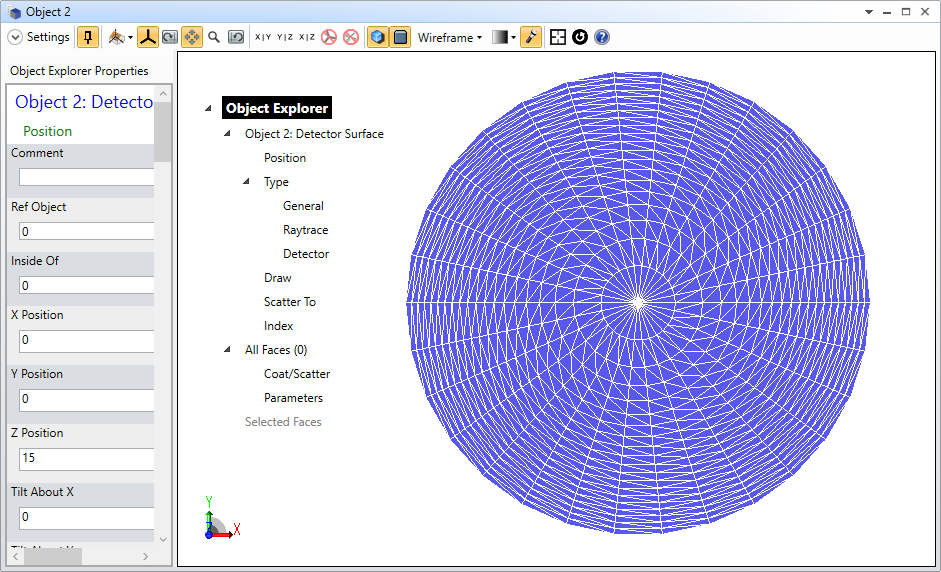By definition, nonsequential rectangular/square detectors have uniform detector area sampling via a Cartesian grid. However, Detector Surfaces can only be partitioned by angular and radial zones in polar coordinates, which poses great and almost useless difficulty in determining uniformity over the circular detector aperture. Detector pixels near the origin are much smaller in area than pixels out around the circumference. Can we have a Detector Surface option that tesselates its pixels to give an approximation to Arthur Cox’s recipolar (termed hexapolar in Zemax) equal-area distribution? Each detector pixel could have approximately the same surface collecting area, without fractional pixels around the edge.
The Detector Surface pixels could be hexagons clipped off around the periphery, but that doesn’t solve the unequal area sampling issue.
I suppose in a pinch an absorbing annular aperture can be placed over a rectangular detector to get answers, but again, that doesn’t solve the unequal area sampling issue.
Mike









